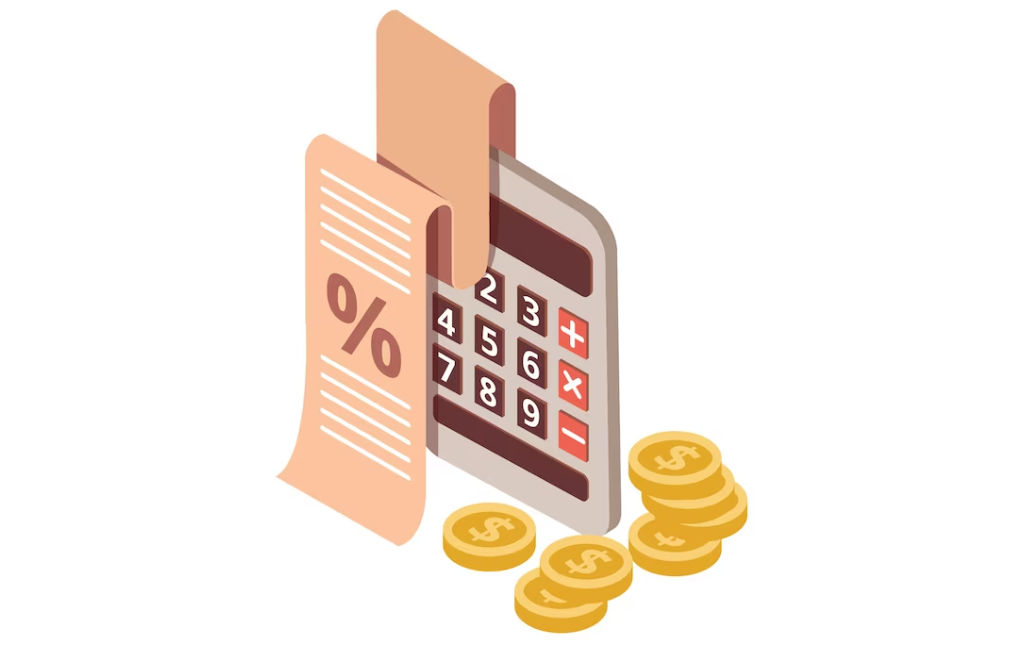The 50-30-20 rule is a simple, practical, and popular approach to managing personal finances. Designed by U.S. Senator Elizabeth Warren, this rule advocates spending 50% of your after-tax income on needs, 30% on wants, and saving the remaining 20%.
A crucial aspect of implementing this rule effectively is the judicious tracking of expenses. An excellent way to do this is by maintaining a record of payments such as rent, which can be kept track of through a rent receipt. This document not only helps in categorizing your ‘needs’ expenditure but also serves as legal proof of payment.
Applying the 50-30-20 Rule
Categorizing Your Expenses
Under the “Needs” category, include all the essential expenses necessary for survival, like food, housing, utilities, health insurance, and transportation. These expenses should ideally not exceed 50% of your after-tax income.
Next is the “Wants” category. This includes all your discretionary spending, such as dining out, entertainment, shopping for non-essential items, and hobbies. Remember, these should only make up 30% of your income.
Finally, the “Savings” category is self-explanatory. It should make up the remaining 20% of your income, which could be put into a savings account, retirement fund, or used to pay off debt. Tracking these categories diligently can make a significant difference in your financial health and stability.
Tracking Your Expenses
To successfully manage your finances using the 50-30-20 rule, it’s imperative to track your expenses meticulously. Start by recording every purchase, no matter how small, and categorize it into ‘needs,’ ‘wants,’ or ‘savings.’
A simple way to do this is by using a budgeting app or a spreadsheet. For recurring expenses, such as rent, consider maintaining a folder of digital or physical receipts. For instance, save every rent receipt you receive. This will not only help you keep track of your expenditures but also provide legal proof of payment if needed.
Remember to review and adjust your expenses regularly, as your financial situation might change over time. This way, you are always on top of your finances, making it easier to make informed financial decisions and achieve your financial goals.
Analyzing Your Spending
After tracking and categorizing your expenses, the next step is to analyze your spending. Compare your actual spending with the 50-30-20 rule. This comparison will provide insight into areas where you may need to adjust. To do this, calculate the percentage of your income that you’re spending in each category.
For instance, if you’re spending more than 50% on needs, you may have to find ways to reduce these necessary expenses, perhaps by downsizing your housing or using public transport. If you’re spending less than 20% on savings, consider finding ways to increase your income or decrease your wants to boost your savings.
The aim is to align your spending as closely as possible to the 50-30-20 rule, facilitating a healthier financial life. Remember, the key to successful budgeting lies not just in tracking but in understanding and adjusting your spending habits.
Adjusting Your Budget
Adjusting your budget is a crucial step in effectively adhering to the 50-30-20 rule. This involves strategizing ways to reduce your ‘wants’ or enhance your ‘savings.’ Begin by scrutinizing your ‘wants’ category.
Identify any non-essential expenses you could cut back on, such as expensive dining, high-end gadgets, or luxury vacations. Redirecting that money towards your ‘savings’ can significantly increase your financial stability. If cutting back isn’t enough, consider ways to increase your income.
This could mean taking on a side job, freelance work, or pursuing a raise or promotion at your current job. Remember to maintain detailed records of your payments. For rent payments, use a rent receipt format to keep an organized record, which also serves as legal proof of payment.
Adjusting your budget might require making tough decisions, but the long-term financial health benefits are well worth the effort.
Maintaining Your Budget
Keeping your budget on track is an ongoing process. As your income changes or unexpected expenses arise, you will need to adjust your budget accordingly. Make it a habit to review your budget regularly – monthly reviews are a good starting point.
By frequently examining your expenses, you can identify any spending habits that deviate from the 50-30-20 rule and make necessary adjustments. Keep in mind, that the ultimate goal is not just to create a budget but to stick to it.
Documenting all your transactions, including maintaining an organized record of rent payments through a rent receipt format PDF, can assist in providing a clear financial picture. Furthermore, leverage budgeting tools and apps to facilitate the tracking and analysis of your spending.
Remember, consistency is key to maintaining a successful budget. Taking these steps will put you on a clear path to financial stability and freedom.
Conclusion
Adhering to the 50-30-20 rule is a straightforward yet effective strategy for managing your finances. By categorizing your expenses into ‘needs,’ ‘wants,’ and ‘savings,’ meticulously tracking your spending, analyzing your outflows against the budgeting rule, making necessary adjustments, and maintaining your budget consistently, you can achieve financial stability and meet your long-term financial goals.
Remember, it’s not just about creating a budget but also about understanding your spending habits and sticking to it. In this journey, tools such as budgeting apps and documents like a rent receipt can prove immensely useful. Achieving financial freedom might seem daunting, but with discipline, diligence, and the right approach, it is an attainable goal.

